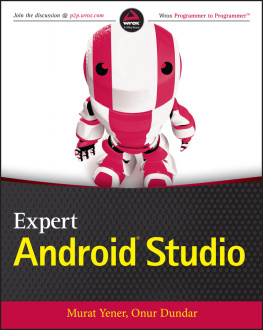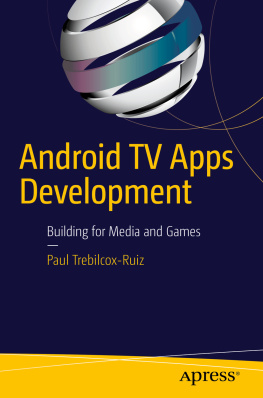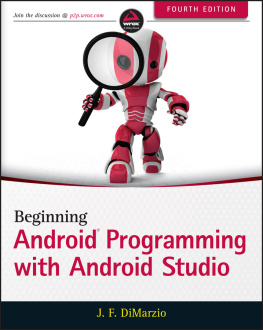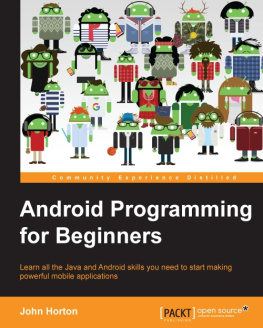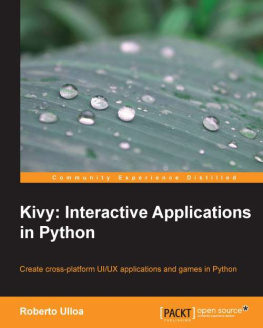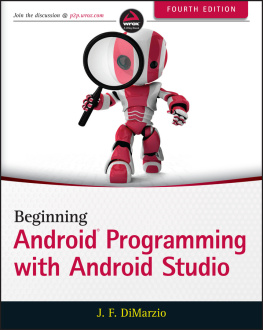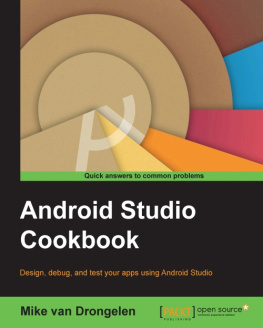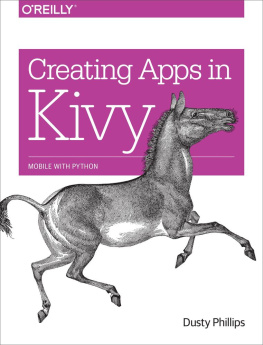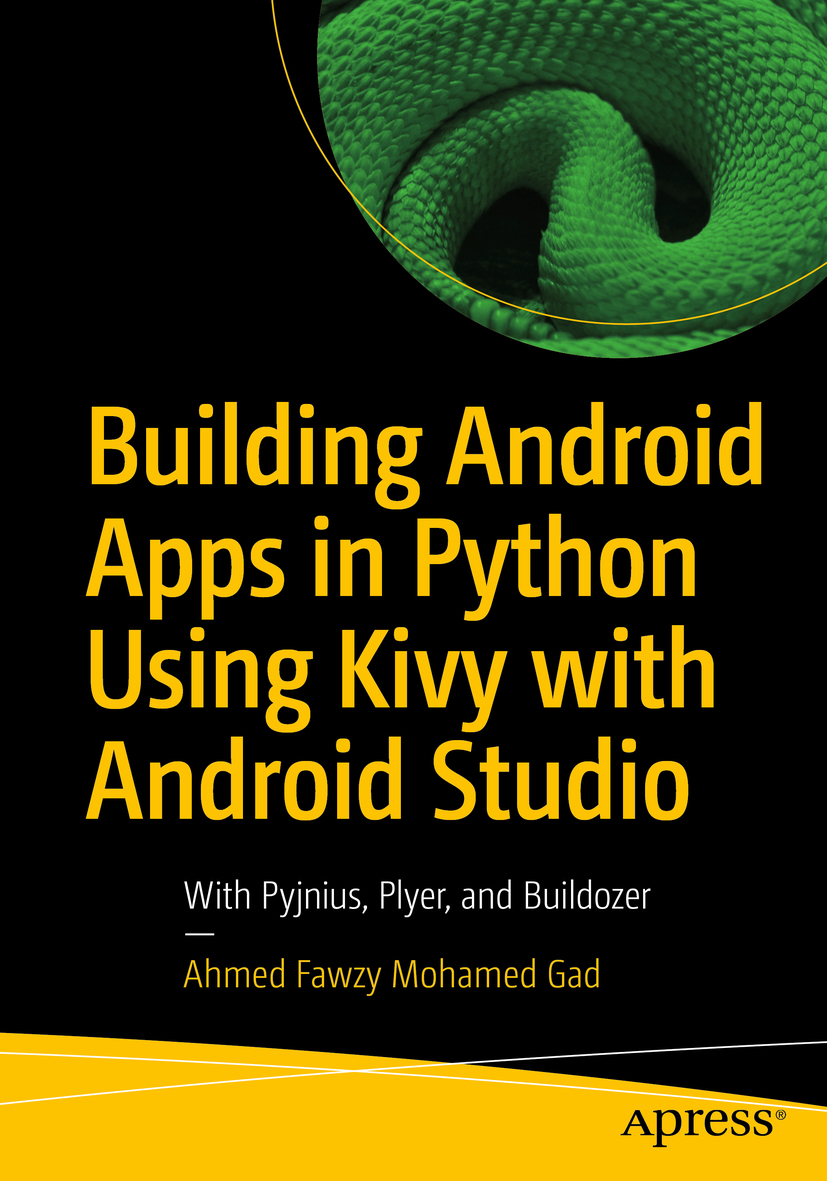Ahmed Fawzy Mohamed Gad - Building Android Apps in Python Using Kivy with Android Studio: With Pyjnius, Plyer, and Buildozer
Here you can read online Ahmed Fawzy Mohamed Gad - Building Android Apps in Python Using Kivy with Android Studio: With Pyjnius, Plyer, and Buildozer full text of the book (entire story) in english for free. Download pdf and epub, get meaning, cover and reviews about this ebook. year: 2019, publisher: Apress, genre: Computer. Description of the work, (preface) as well as reviews are available. Best literature library LitArk.com created for fans of good reading and offers a wide selection of genres:
Romance novel
Science fiction
Adventure
Detective
Science
History
Home and family
Prose
Art
Politics
Computer
Non-fiction
Religion
Business
Children
Humor
Choose a favorite category and find really read worthwhile books. Enjoy immersion in the world of imagination, feel the emotions of the characters or learn something new for yourself, make an fascinating discovery.
- Book:Building Android Apps in Python Using Kivy with Android Studio: With Pyjnius, Plyer, and Buildozer
- Author:
- Publisher:Apress
- Genre:
- Year:2019
- Rating:3 / 5
- Favourites:Add to favourites
- Your mark:
Building Android Apps in Python Using Kivy with Android Studio: With Pyjnius, Plyer, and Buildozer: summary, description and annotation
We offer to read an annotation, description, summary or preface (depends on what the author of the book "Building Android Apps in Python Using Kivy with Android Studio: With Pyjnius, Plyer, and Buildozer" wrote himself). If you haven't found the necessary information about the book — write in the comments, we will try to find it.
Start building Python-based Android applications using Kivy with Android Studio. Through in-depth examples, this book teaches you everything you need to create your first Android application in Python and publish on Google Play.
Building Android Apps in Python Using Kivy with Android Studio takes you through the basics of Kivy by discussing its application structure, widgets, and event handling. The KV language is then introduced for separating the logic and GUI by adding widgets within a KV file. You will then learn how to utilize Android camera using Kivy, build the HTTP server using Flask, and create and manage multiple screens to help you design your own applications. Through detailed step-by-step instructions, you will create your first multi-level cross-platform game that includes animation and sound effects. Following this, the process of converting the Kivy application into an Android application using Buildozer and Python-4-Android is covered in detail. You will then learn how to edit the generated Android Studio project into Android Studio by adding extensions to the original application. The widgets added in Kivy could be handled within Android Studio. Moreover, Android views could be added to enrich the Kivy application. The resulting Android application created with Kivy can be hosted on Google Play to download and install as a regular Android application.
At the end, this book will give you the basic knowledge of Kivy needed to build cross-platform Android applications, produce an Android Studio project, and understand how it all works in detail.
What You Will Learn
- Build cross-platform applications from scratch using Kivy in detail
- Create a cross-platform interactive multi-level game from the ground up
- Examine the pipeline of building an Android app from the Python Kivy app
- Understand the structure of the Android Studio project produced by Kivy
- Recognize how to extend the application within Android Studio by adding more Android views to the application main activity.
Who This Book Is For
Python developers with no previous experience in Kivy who are looking to create their first Android application completely in Python.Ahmed Fawzy Mohamed Gad: author's other books
Who wrote Building Android Apps in Python Using Kivy with Android Studio: With Pyjnius, Plyer, and Buildozer? Find out the surname, the name of the author of the book and a list of all author's works by series.




